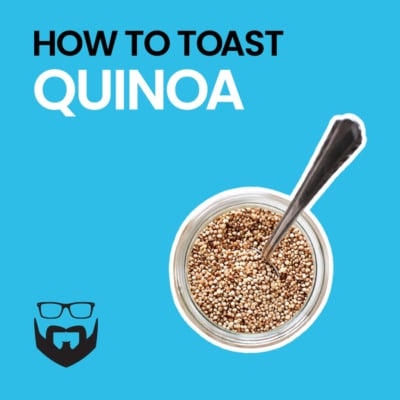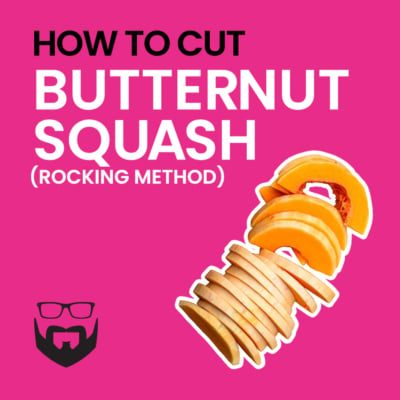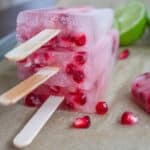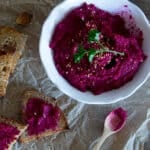Lemon zest is a great way to bring a dash of brightness to any dish. This can be flavor, color, or both. And while the technique is not the most challenging when it comes to food prep, there are a few gotchas.
In addition, there are special tools for zesting, like the channel knife, often referred to as a citrus zester. But there are a variety of tools you probably have on hand that will work just fine.
But before you begin zesting, it is best to understand a few things. First, what is zest, and how it differs from the peel. Secondly, lemon quality will up your zesting game.
California produces 80 percent of all the fresh citrus marketed in the United States. (about 50% overall, much of the rest of the country grows citrus for juice). CA grows over 92% of the lemons available in the U.S.
What is Lemon Zest
Lemon zest is the colorful bright yellow outer layer of the citrus fruit called the rind. For limes, this is the green part and the orange part for oranges.
The zest contains essential oils and an intense lemon flavor.
Lemon Zest vs. Lemon Peel
Lemon zest is not the same thing as the lemon peel. This is true of any citrus. Lemon zest does not contain the white pith. The pith, included in citrus peels, is bitter and used differently than zest.
How to Buy Lemons
Great lemon zest starts with great lemons. You want the best fruit you can buy. Here is what to look for:
- Choose firm lemons.
- They should give a little when squeezed. (this means less pith, more juice)
- Choose lemons that are heavy for their size.
- The skin should be bright yellow. No green!
- The skin should be taught, not wrinkled.
How to Prep Lemons for Zesting
The first thing you need to do is wash the lemons. In fact, I suggest always washing any produce you are about to prepare. Handling and chopping dirty produce just leaves too many opportunities for contamination.
Before doing so, remove any stickers.
You don’t need a fancy vegetable wash. I just use baking soda. Baking soda has been found to be more effective at removing pesticides from produce than bleach!
Removing the Wax
You may want to remove any wax if need be. Place lemons in a colander and slowly pour boiling water over the lemons. Using a vegetable brush, scrub the lemon under warm water. Rinse the lemons.
Vegetable wax is edible but hardly wanted when using the zest.
Best Way to Zest Lemons
When zesting citrus, as noted above, you only want to remove the thin colorful layer. Once you reach the white pith, move on. Seriously, swipe left.
An average-sized lemon will yield about 1 tablespoon of zest.
Citrus Zester (Channel Knife)
Zesting lemons is quite easy with a citrus zester. The tool was literally designed for the job. That said, it is pretty much only good for that. Not everyone has the luxury of specialty tools.
- Place the zester holes against the end of the fruit.
- Push slightly into the fruit.
- Pull the zester down following the fruit curve.
- Yields long, thin, curly strips of zest.
Microplane
This is probably my favorite way to zest. It works better than a zester in my opinion, and you can use microplanes on cheese too.
- Hold the lemon in one hand.
- Move the lemon back and forth over the grates, rotating the fruit as you go.
- Be careful of your fingers!
- Minced zest gathers under the microplane.
Box Grater
If you don’t have a zester or a microplane, you might have a cheese grater which works just fine. You don’t need to be fancy. It is harder to avoid the pith with this and the following methods.
- Place fruit at the side with the smallest holes.
- Move it back and forth like cheese, rotating the fruit as you go.
- Be careful of your fingers!
Vegetable Peeler
This method requires a bit more work, but it gets the job done. And if you are comfortable with a vegetable peeler, it might be the best method for you to start with.
- Peel away the yellow part of the fruit.
- Use less pressure than when creating lemon peels.
- Finely chop the peels.
Paring Knife
Like the peeler method, this requires a bit of technique, but most everyone has a knife, right? I suggest a paring knife but use what you got.
- Slice one end of the lemon, so it sits flat.
- Using your knife, carefully cut away just the yellow peel.
- Finely chop the peels.
How to Store Lemon Zest
Fresh zest won’t last long, but you can keep it in the fridge for about a day. Or you can freeze it, where it will keep for about 6 months. I suggest freezing it how you typically use it so you can easily add it to your recipes. That is, freeze it in 1 teaspoon measurements, for example.
You can also dry it. Place it on a lined baking sheet and let it dry out completely. It can keep in an airtight container for about 2 years this way.
How to Store Zested Lemons
Whole unzested lemons can keep in the fridge for months and months. Not so much for zested lemons. Store them in an airtight container and use within 3 days.






